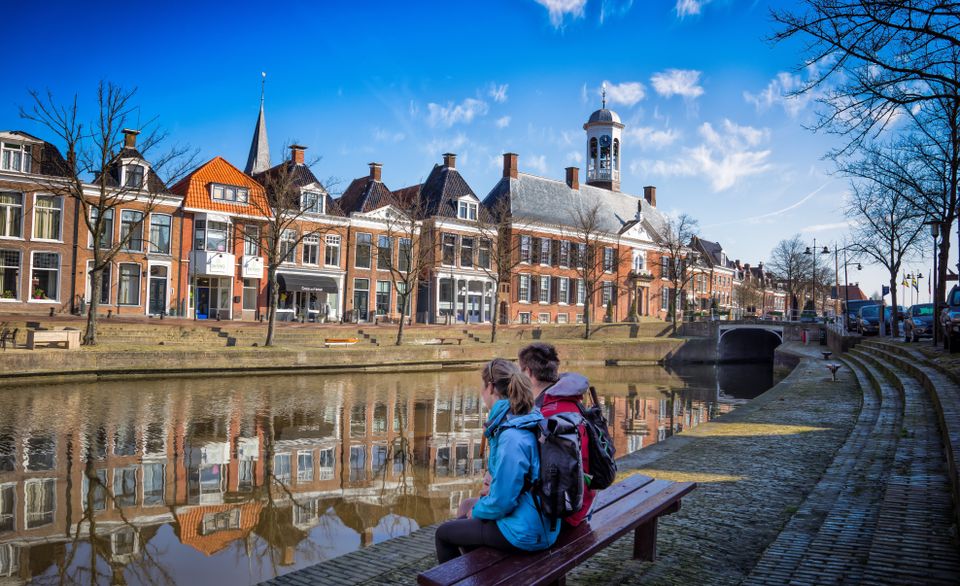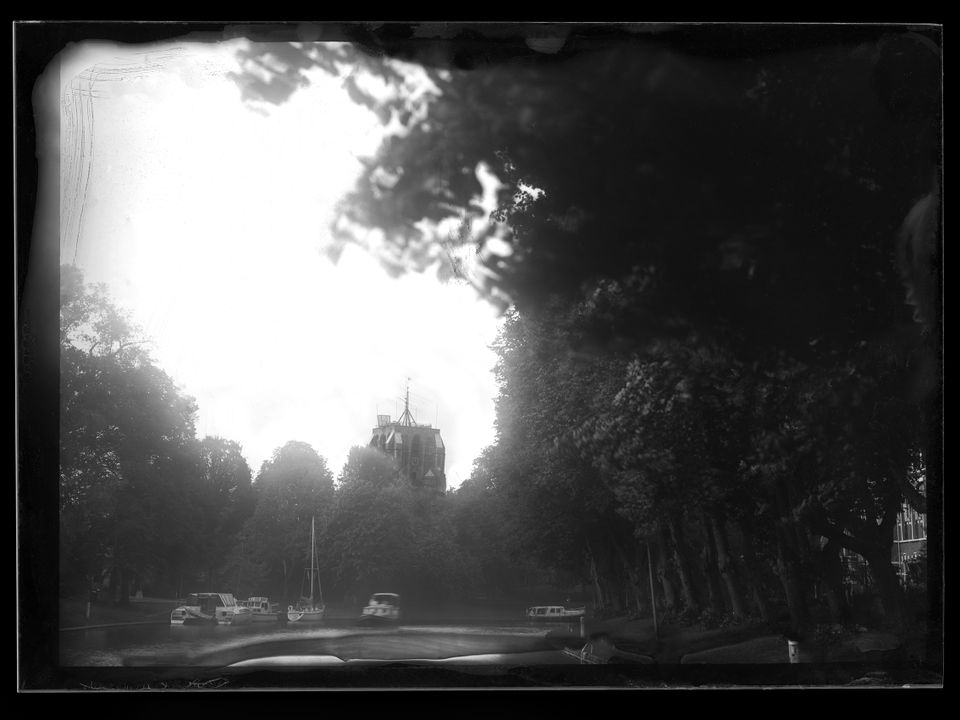Location
673 to 704 of 976 results
-
Veerpont Gastvrij Grou (Grou Waterpark Yn ‘e Lijte)
Veerpont Gastvrij Grou (Grou Waterpark Yn ‘e Lijte)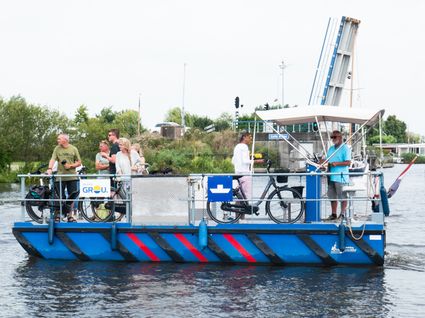 Grouw Yne Lyte
Grouw Yne Lyte -
Eethuis de Waegh
Eethuis de Waegh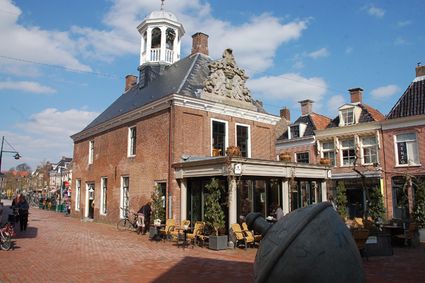 Dokkum
Dokkum -
Toxopeus op de dijk
Toxopeus op de dijk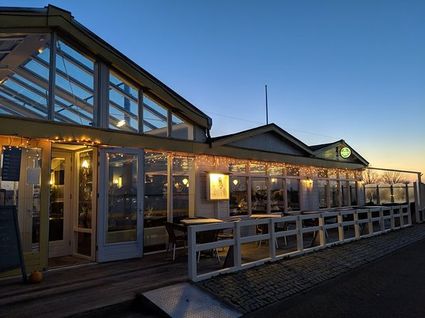 Anjum
Anjum -
Fries Landbouwmuseum (Frisian Agricultural Museum)
Fries Landbouwmuseum (Frisian Agricultural Museum)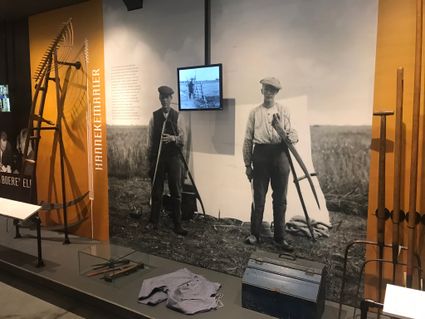 Leeuwarden
Leeuwarden -
Gastenverblijf De Kathedraal
Gastenverblijf De Kathedraal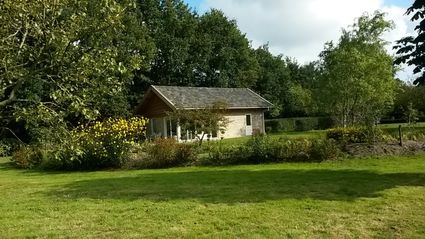 Burgum
Burgum -
Kunstwerk Prinsentuin | Baukje Venema
Kunstwerk Prinsentuin | Baukje Venema
Een foto van Baukje Venema. Deze foto laat de Prinsentuin zien in Leeuwarden en is uit een reeks van kunstwerken die bij de ijsbanen van de Iisbaankeunstrûte horen.
 Leeuwarden
Leeuwarden -
Greate Buorren
Greate Buorren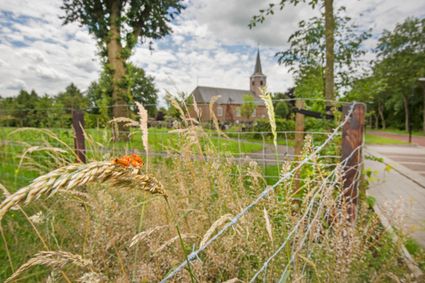 Garyp
Garyp -
De Jersey Molkerij
De Jersey Molkerij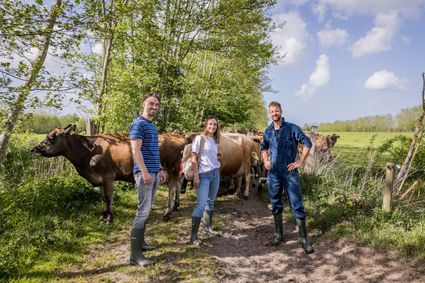 Veenklooster
Veenklooster -
www.huyske.com
www.huyske.com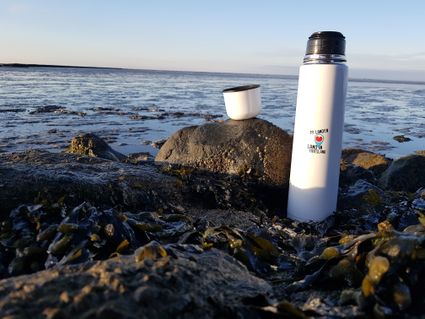 Wierum
Wierum -
Het Bildt | streek
Het Bildt | streek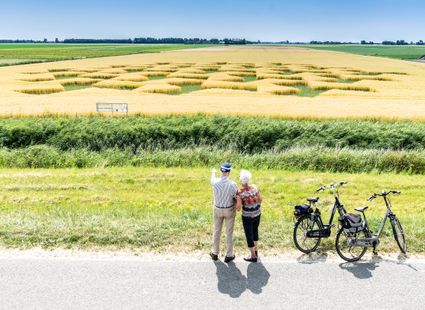 Sint Annaparochie
Sint Annaparochie -
Bonaventura
Bonaventura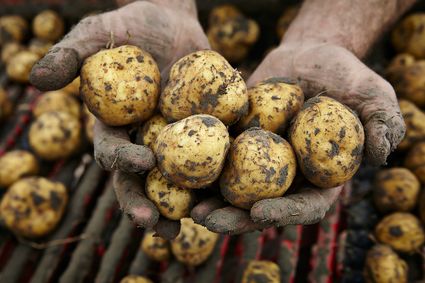 Ternaard
Ternaard -
Waddenpavilion De Voormalige Noorman
Waddenpavilion De Voormalige Noorman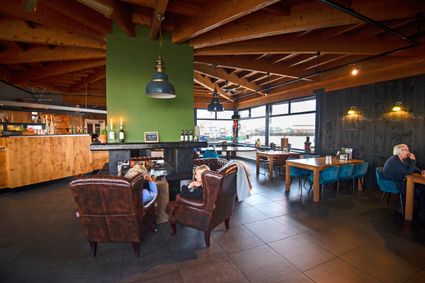 Lauwersoog
Lauwersoog -
De Mieden - Kijkheuvel met Vogelkijkscherm
De Mieden - Kijkheuvel met Vogelkijkscherm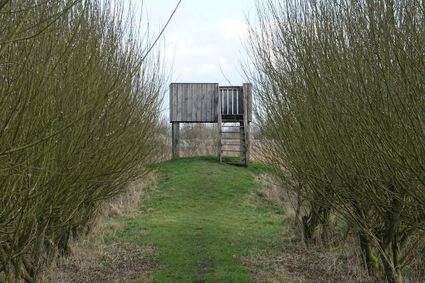 Kootstertille
Kootstertille -
Sloepverhuur - Elfsteden Recreatie (Johanna Hoeve)
Sloepverhuur - Elfsteden Recreatie (Johanna Hoeve)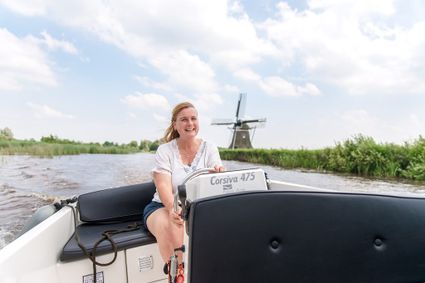 Ryptsjerk
Ryptsjerk -
Siblu Villages Lauwersoog
Siblu Villages Lauwersoog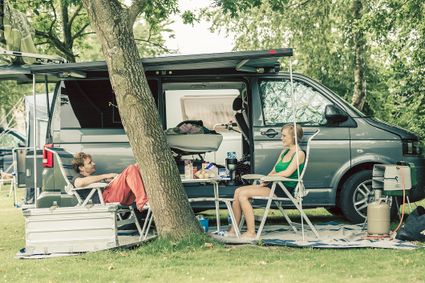 Lauwersoog
Lauwersoog -
Strandpaviljoen Meerzicht Beach Pavilion
Strandpaviljoen Meerzicht Beach Pavilion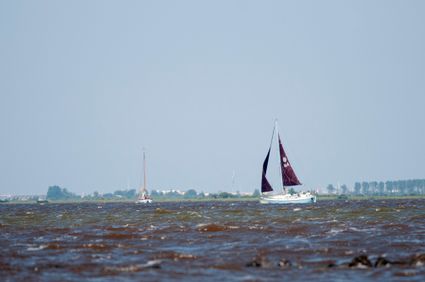 Lauwersoog
Lauwersoog -
Stadslogement Kleindiep Dokkum
Stadslogement Kleindiep Dokkum Dokkum
Dokkum -
Petgaten
Petgaten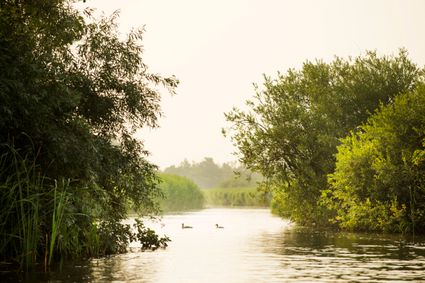 Earnewâld
Earnewâld -
B&B it Kuorke
B&B it Kuorke Gytsjerk
Gytsjerk -
Johanneskerk Britsum
Johanneskerk Britsum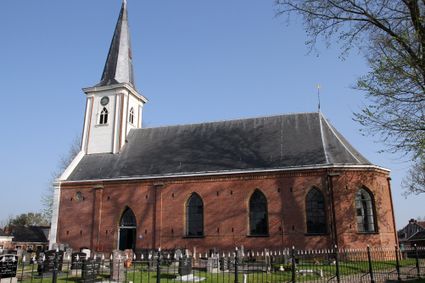 Britsum
Britsum -
Holiday Cottage It Koaiûs
Holiday Cottage It Koaiûs Jistrum
Jistrum -
The liberation of Friesland 1
The liberation of Friesland 1
In early April, it became clear that the liberation of Friesland was imminent. Although the province had not suffered a real Hunger Winter like other parts of the Netherlands, there were severe shortages of just about everything. And the terror of the occupying forces was growing. This also led to increased resistance against the occupying forces. The battle between the two was tougher than ever in early 1945.
In Friesland, assault groups known as Knokploegen (KP) were responsible for most acts of resistance. But there were other groups too. On the orders of the Dutch government in London, all these groups were merged into the Dutch Domestic Armed Forces (NBS). In Friesland, this happened on 12 December 1944.
The NBS, popularly referred to as the BS, gave the armed resistance an organisation with a clear structure. The NBS was also supposed to play a role in the upcoming liberation. To this end, resistance groups were provided with weapons from autumn 1944. These were dropped from the air.
On 8 April, Radio Orange broadcast the message "The bottle is empty." This was the signal for the NBS to start carrying out sabotage operations 36 hours later. The aim was to make it as difficult as possible for the Germans to defend themselves against the approaching Allied forces.
The resistance did this by putting bridges and railways out of order, blocking waterways and blocking roads. The response of the occupying forces was ruthless. In retaliation, dozens more prisoners were shot at different times and places.Once the Canadians entered Friesland on 12 April, they were supported extremely effectively by the Frisian resistance. Because it was superbly organised, they were able to help the Canadians take control of important bridges, repair damaged bridges, and advise on the most favourable route.
By 18 April, the whole province was liberated except for the Wadden Islands (these were liberated in late May and in June). Compared to other provinces, there was little fighting in Friesland. Overall, the few thousand German troops who had been unable to flee Friesland were defeated by the Canadians relatively quickly.
The commander of the Royal Canadian Dragoons, Lieutenant Colonel Landell, praised the actions of the resistance by stating "Friesland liberated herself." While that may be a bit of an exaggeration, the actions of the Frisian resistance undoubtedly accelerated the liberation. And reduced the number of casualties on the Allied side.
In confrontations with German troops and their Dutch accomplices, at least 31 resistance fighters lost their lives. On the Allied side, at least eleven Canadians and one Frenchman were killed. The fighting and shelling also resulted in dozens of civilian casualties. The number of casualties on the German side is not known, but probably ran into the hundreds. With 320 houses destroyed and 4,000 damaged and 80 bridges destroyed, Friesland was materially the least damaged province in the Netherlands.
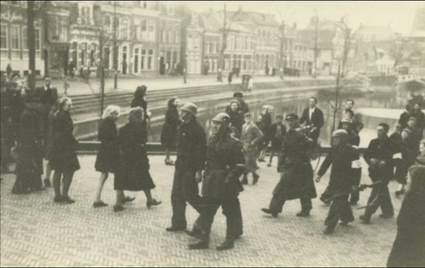 Willemsoord
Willemsoord -
Boerderij-expeditie op De Seadswâl
Boerderij-expeditie op De Seadswâl eastermar
eastermar -
Sint-Godeharduskerk Marrum
Sint-Godeharduskerk Marrum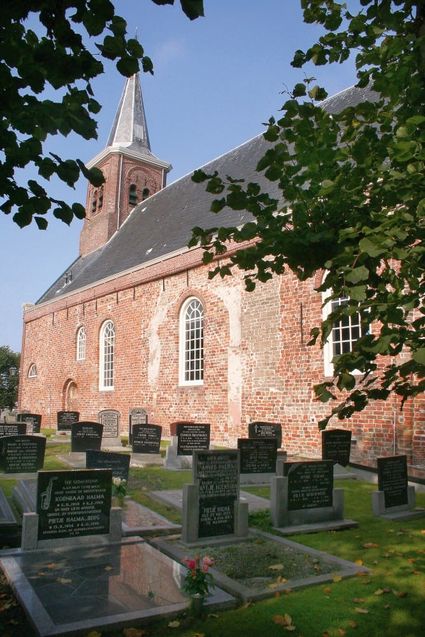 Marrum
Marrum -
Jacobuskerk Zeerijp
Jacobuskerk Zeerijp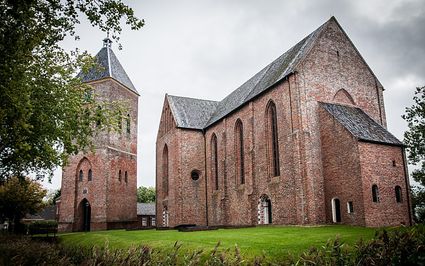 Zeerijp
Zeerijp -
Camping De Stjelp
Camping De Stjelp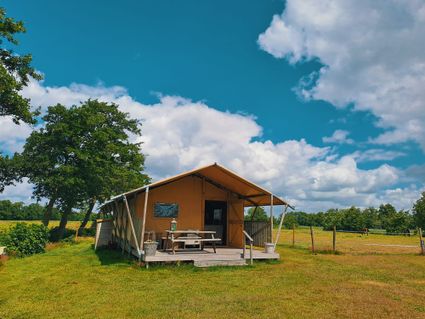 Oudega
Oudega -
Oostermeer (Eastermar)
Oostermeer (Eastermar)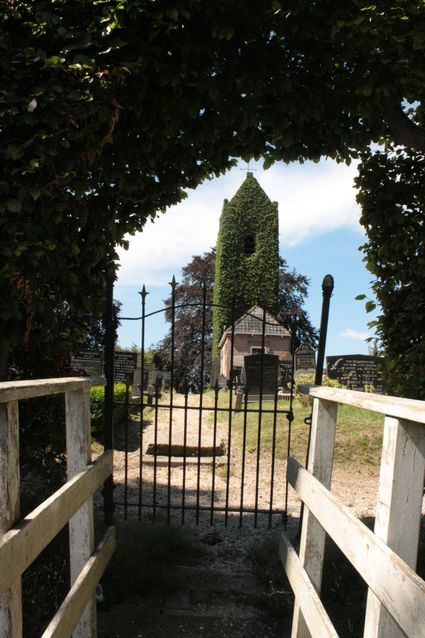 Eastermar
Eastermar -
it Dreamlân family house
it Dreamlân family house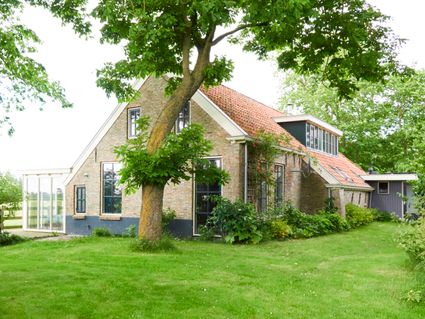 Kollumerpomp
KollumerpompDirect boekbaar
-
Beleef Lauwersoog
Beleef Lauwersoog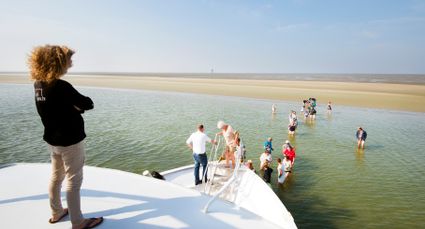 Lauwersoog
Lauwersoog -
Landal Natuurdorp Suyderoogh
Landal Natuurdorp Suyderoogh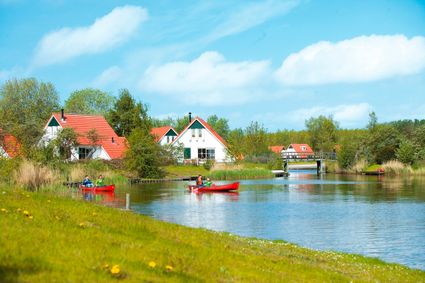 Lauwersoog
Lauwersoog -
Campground Achterom
Campground Achterom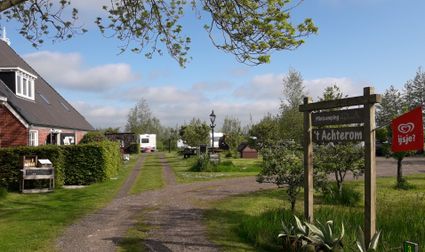 Kollum
Kollum -
Park Baayvilla's
Park Baayvilla's Lauwersoog
Lauwersoog
